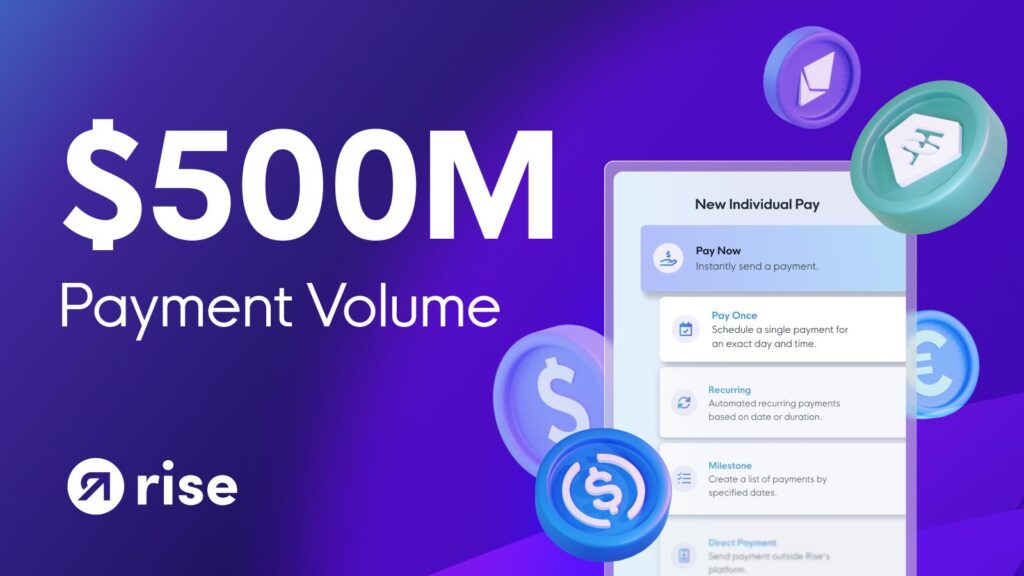|
Getting your Trinity Audio player ready… |
United States lawmakers from the House of Representatives have introduced a bill to establish a framework for the issuance and operation of dollar-denominated “payment stablecoins,” including a mandate that issuers must get permission to legally issue stablecoins in the U.S., and they must maintain 1:1 reserves backed by cash, short-term U.S. Treasury bills, or central bank reserves.
A discussion draft of the bill, titled the Stablecoin Transparency and Accountability for a Better Ledger Economy (STABLE) Act, was proposed by Financial Services Committee (FSC) Chairman French Hill (R-AR) and Digital Assets, Financial Technology, and Artificial Intelligence Subcommittee Chairman Bryan Steil (R-WI) on February 6.
“Building upon our work on digital assets in the last Congress, our discussion draft will provide clarity for payment stablecoins and ensure a federal and state path for stablecoin issuers,” said Hill.
According to co-signee of the bill, Steil: “By implementing a clear regulatory structure for payment stablecoins, we can support continued innovation, bolster the U.S. dollar’s position as the world’s reserve currency, and protect consumers and investors.”
Among other measures, the STABLE Act empowers the Office of the Comptroller of the Currency (OCC)—a federal agency that regulates and supervises national banks and federal savings associations—to regulate nonbank stablecoin issuers.
The bill also states that “a person may only engage in the business of providing custodial or safekeeping services for permitted payment stablecoins or private keys of permitted payment stablecoins if they are subject to federal or state financial supervision.”
In addition, issuers must provide monthly public disclosures of their stablecoin reserves, and these reserves cannot be pledged, rehypothecated, or reused for lending “except for the purpose of creating liquidity to meet reasonable redemption expectations.”
Building clarity for Stablecoin Act
The FSC press release also noted how the STABLE Act differs from its predecessor bill, the Clarity for Payment Stablecoins Act of 2023, which was tabled by former House Financial Services Committee Chair Patrick McHenry and passed from the Committee stage in the previous Congress with bipartisan support.
Progress on the Clarity for Stablecoins Act eventually stalled in the run-up to the 2024 election. It failed to see a full House vote before its champion, McHenry, retired from Congress, effectively killing any chance of it passing.
However, new FSC Chair Hill has taken up the baton and was keen to underscore how his STABLE Act builds on the efforts of McHenry, “to provide multiple regulatory pathways for payment stablecoin issuers in the United States.”
According to Hill, one key difference between the Clarity for Payment Stablecoin Act and the STABLE Act is that the latter gives the OCC the authority to approve and supervise federally qualified nonbank payment stablecoin issuers, while the former includes a pathway at the Federal Reserve for payment stablecoin issuers.
Senate GENIUS Act
Hill also praised parallel efforts in the Senate to progress stablecoin legislation, specifically the bipartisan Guiding and Establishing National Innovation for U.S. Stablecoins (GENIUS) Act, which was introduced on February 4 by Senators Bill Hagerty (R-TN), Cynthia Lummis (R-WY), and Kirsten Gillibrand (D-NY).
Among the key aims of the GENIUS Act are to define payment stablecoins as “a digital asset used for payment or settlement that is pegged to a fixed monetary value,” establish procedures for firms seeking licenses to issue stablecoins, and clear regulations for stablecoin issuers that exceed $10 billion in market capitalization.
In comparison to the STABLE Act, the GENIUS Act sets stricter audit requirements for large stablecoin issuers, but both bills introduce increased requirements for these large-scale players.
Lawmakers from both chambers of Congress have stressed that companies like Tether, the world’s largest stablecoin issuer by market cap, must comply with regulations or cease issuance in the United States.
Although Tether provides quarterly reports on its reserves, it has faced scrutiny for not maintaining full audits.
Both Chambers take aim at stablecoin regulation
The FSC was keen to underscore the unified goals of both chambers of Congress when it comes to stablecoin regulation.
“The Committee – under Chairman Hill and Subcommittee Chairman Steil’s leadership – will pick up the torch and work in a bicameral fashion with Chairman Scott and Senators Hagerty and Lummis to pass federal payment stablecoin legislation and send to President Trump’s desk,” stated the February 6 press release.
“Both approaches represent an effort among Republicans to provide the robust protections and transparency consumers expect, provide for federal and state pathways for stablecoin issuance, and secure the United States as the leader in digital finance.”
The introduction of two separate stablecoin bills in the House and Senate in the space of a week demonstrates the urgency of both chambers to advance stablecoin legislation this year.
Senator Lummis said, “I look forward to working with my friends in the House to pass bipartisan stablecoin legislation that protects our dual banking system.”
Meanwhile, Senator Scott reemphasized that “creating a regulatory framework for stablecoins is critical to ensuring the industry can innovate and grow here in the United States – while promoting the U.S. dollar’s global position, protecting consumers, and facilitating financial inclusion.”
The exact timeline for Committee consideration of the two bills is not yet clear, but their bipartisan support has set expectations that stablecoin legislation will be one of the less controversial digital asset-related topics for Congress in the coming months and years.
The sponsors of both bills are currently welcoming industry feedback and comment.
Watch Spotlight On: Centi Franc—the truly stable stablecoin
CoinGeek – Read More










